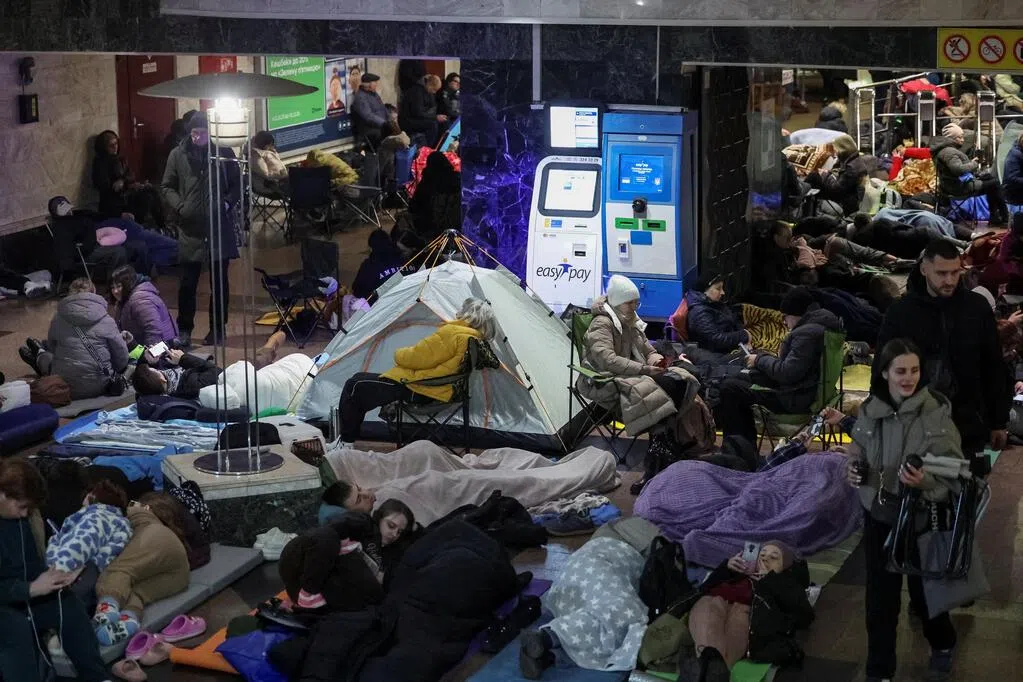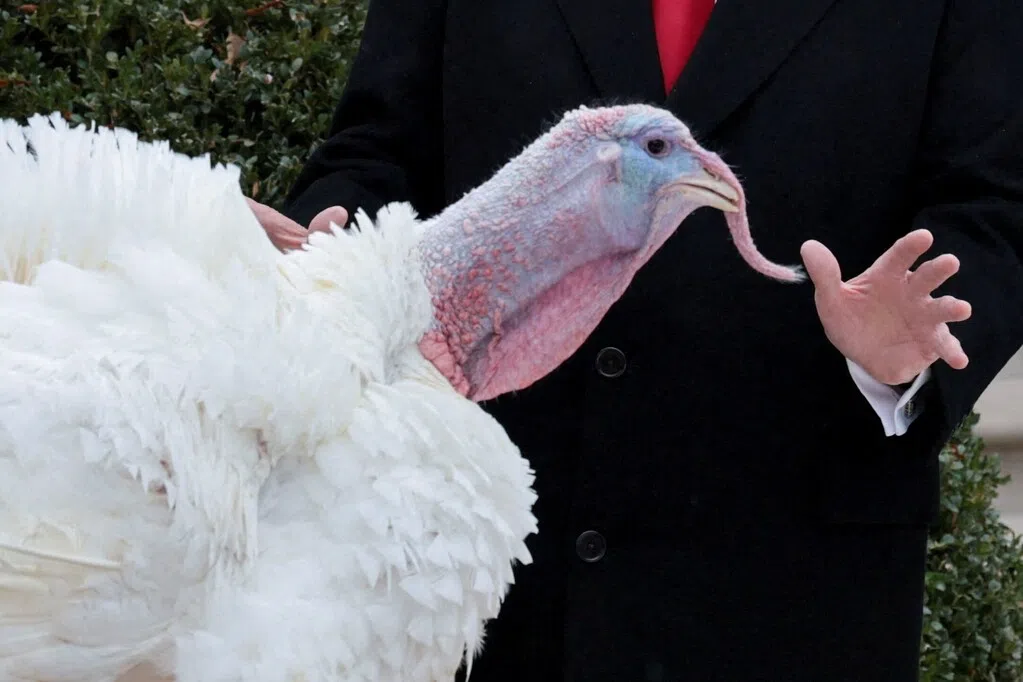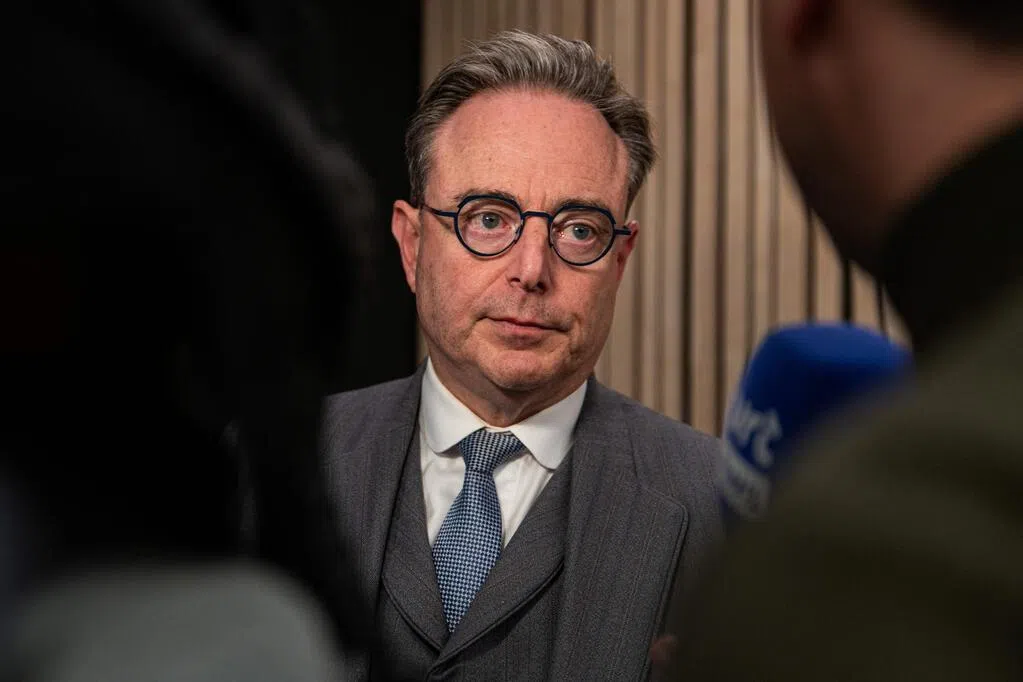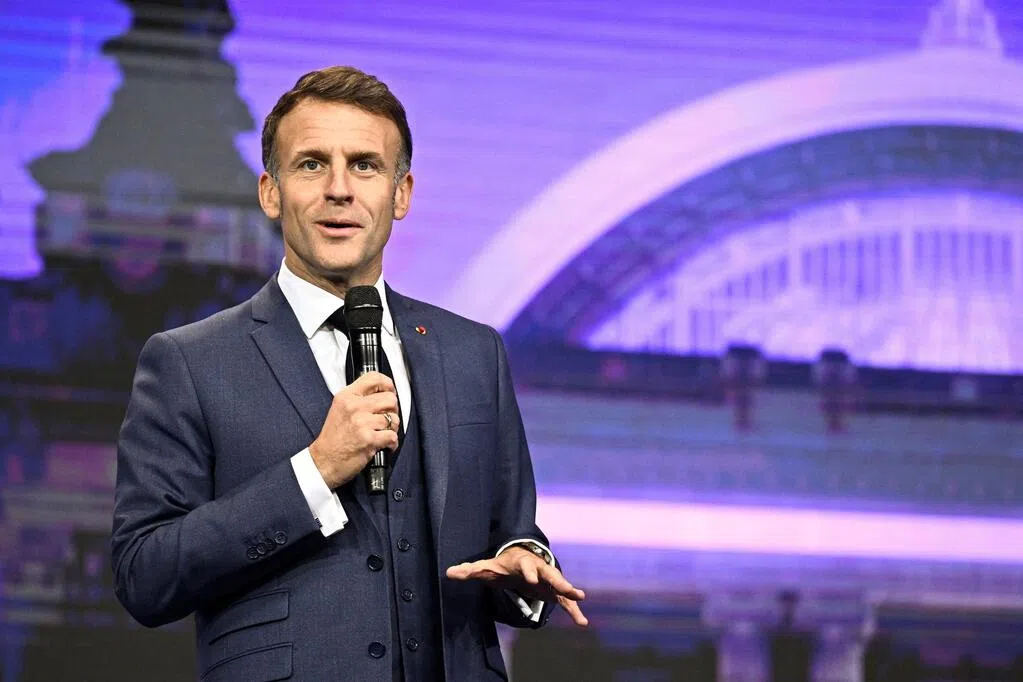(Seoul) Soaring wedding and home purchase costs in South Korea are deterring many young people from the financial burden of marriage, prompting some local governments to intervene and try to reduce wedding expenses.
According to a February survey conducted by the South Korean matchmaking agency Duo of 1,000 couples married for less than two years, the average cost of a wedding in South Korea exceeds 361.73 million won (approximately S$330,000); the average cost of purchasing a new home for newlyweds is 304.08 million won, an increase of 60 million won from the previous year, due to continuously rising housing prices.
Some local governments, concerned about a further decline in marriage rates, are opening public facilities as wedding venues and encouraging people to hold simpler weddings.
The Seoul Metropolitan Government is actively promoting its public facilities as wedding venues, with many museums, parks, and historical buildings offering free reservations, some of which also provide wedding packages including light meals.
"They told us that if we booked in advance, the price would be cheaper," said a bride-to-be in her twenties from Seoul, who plans to get married next summer. She said she received a 20% discount because she booked the venue in September.
Further Reading
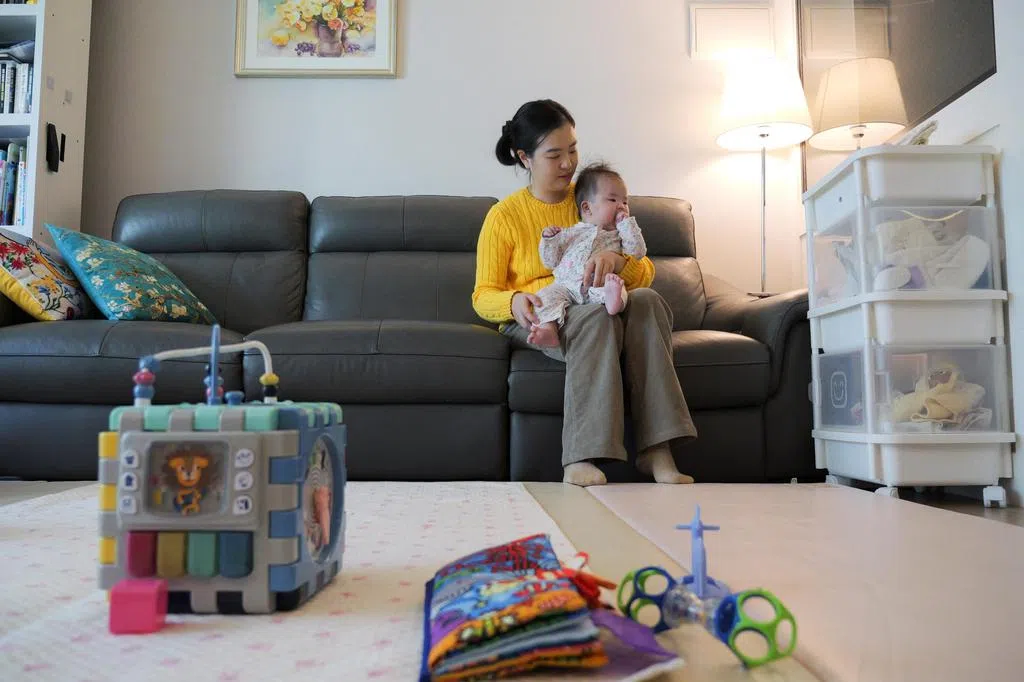

Koreans often place great emphasis on the scale of their weddings, and while smaller, simpler weddings are becoming increasingly popular, parental approval is still required.
For example, wedding photos are an essential part of a wedding, but rising labor costs and studio rental fees have driven up their prices. Furthermore, the lack of transparency in wedding-related pricing also confuses consumers. Surveys have found that in many cases, "optional services" such as photo printing and trying on wedding dresses are not included in the basic services but are charged separately afterward.
A 2024 survey of 2,000 men and women conducted by an agency under the South Korean Ministry of Health and Welfare revealed that among 500 unmarried men, 42% indicated they had no intention of marrying or were undecided. The most common reason was the heavy financial burden of married life, accounting for 25%.
According to statistics, in 2024, 4.4 couples married per 1,000 people, down from six couples in 2014.




